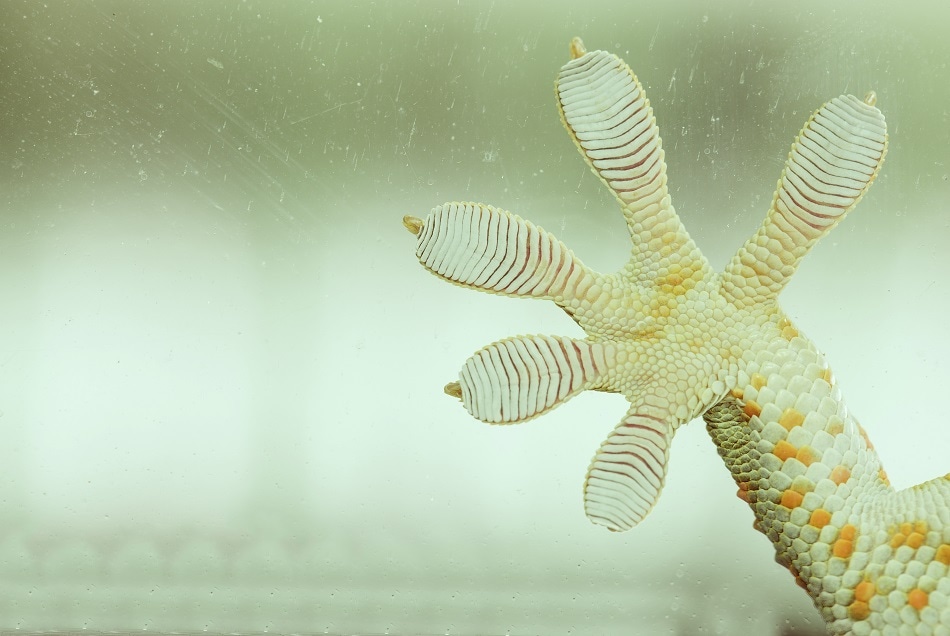Apr 27 2017
 Image Credits: sarayuth3390/shutterstock.com
Image Credits: sarayuth3390/shutterstock.com
Geckos are famous for their ability to naturally scramble up walls and walk upside down across ceilings. Even in slippery rain forests, the lizards are able to maintain their grip.
Presently, a team of researchers have developed a double-sided adhesive that duplicates this reversible ability to stick and unstick to surfaces even in wet conditions. The researchers state their development could be useful in underwater robotics, sensors and other bionic devices. Details of the work are reported in ACS' Journal of Physical Chemistry C.
Drawing inspiration from geckos' natural ability to attach and release their feet from surfaces as slippery as glass, scientists have created many adhesives that can likewise stick and unstick with changes in light, temperature, or magnetic field, but typically in dry conditions. One promising method to expanding this to underwater situations involves hydrogels that can swell and shrink according to varying acidity levels and other conditions. These volume variations change the gels' stickiness and friction levels. Feng Zhou, Daniele Dini and colleagues recently formulated a technique to combine nanostructured hydrogel fibers into an inorganic membrane. The material's stickiness and friction levels altered with pH even when wet. The team wanted to further build on this strategy to make the adhesive function on both sides.
The research team initially created the inorganic membrane double-faced and then incorporated the hydrogel nanofibers on both sides. Testing revealed that the material displayed ultra-high friction and adhesion in an acidic liquid (pH of 2), and would quickly switch to a state of ultra-low friction and stickiness when a basic solution (pH of 12) was introduced. Moreover, the two sides of the material can stick and slide independently of each other.